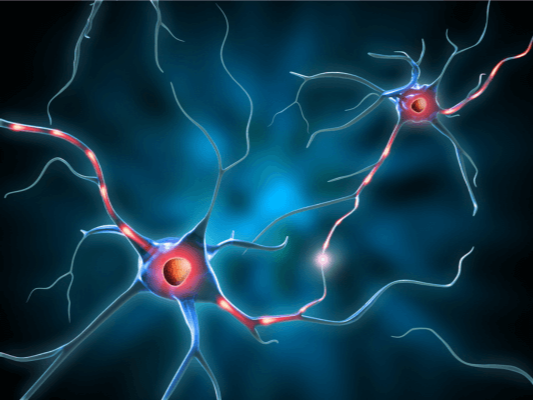Everything we do is designed to drive neuroplastic change.
Neuroplasticity is one of the most important human discoveries of the last 400 years, giving us the knowledge we need to improve our capability to learn, perform well at work and even enhance our social lives.

Neuroscientists used to think that our brain was fixed and unchangeable from birth. It was believed that our intellectual capacity was fixed – the brain with which we were born, was the brain we had for life.
Our scientific knowledge has significantly advanced over the last several decades – and research on brain development reveals the opposite.
We now know that the brain is a highly active and malleable organ across a person’s lifespan. This powerful capacity for change is called neuroplasticity.
Are you looking for more information on what neuroplasticity is and how we can harness it to strengthen the brains of individuals across all age groups?
In our Ultimate Guide to Neuroplasticity you’ll learn everything you need to know about neuroplasticity, from what impacts our brain’s neuroplastic nature to how it can be harnessed to improve academic, professional, social and emotional well-being.
Neuroplastic change occurs at structural and functional levels. These changes work together.
Structural change occurs when neurons in the brain change their connections, altering the brain’s structure. This type of change requires effort and time.
Functional change occurs when entire brain networks change. These brain networks, as they are used over and over again, become more efficient when activated.
We all have the ability to shape and enhance our brains.
“If a brain is exercised properly, anyone can grow intelligence, at any age, and potentially by a lot.”
Dr. Michael Merzenich
Professor Emeritus, UCSF, Kavli Laureate in Neuroscience
Scientists have come to learn how we can create positive brain change – the very conditions that change and ultimately improve our brain’s capacity to learn.
You can read more about the Key Principles of Neuroplasticity here.
“Neurons that fire together wire together"
“If a network supporting a brain function is repeatedly stimulated through practice and training, it will become stronger, contributing to the optimization of that brain function.”
We can influence our brain development in positive or negative directions.
The more we engage and challenge our mind and body positively, the more we provide the positive stimulation for our brains to function at a higher level.
Encouraging this type of neuroplastic change allows our brains to adapt and change to promote:
"Every man can, if he so desires, become the sculptor of his own brain"
Santiango Ramon y Cajal (1852-1934),
Neuroscientist and Nobel Laureate
“There is neuroplasticity as a function of Arrowsmith training, which improves performance. So - Do precise Arrowsmith cognitive exercises activate and functionally change particular areas or networks of the brain? The answer, is yes.”